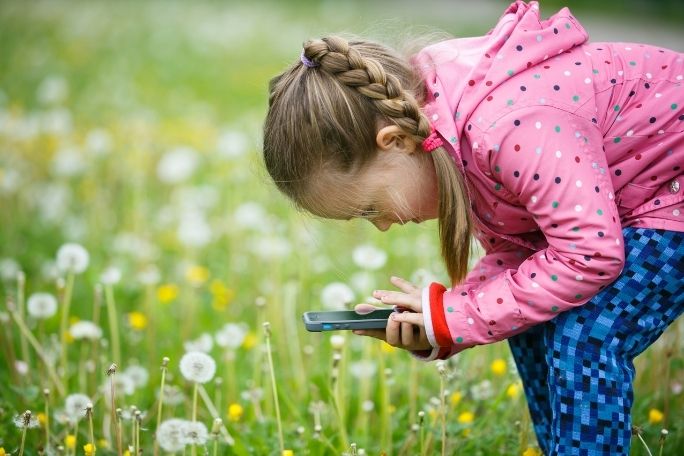Lesson summary
Students explore the different parts of our environment including living things, water, soil, and air. They explore how all these parts are connected, and think about how people are part of our environment and why we need a healthy environment. Students then create artworks based on the parts of the environment that can be found in the area they live in, and discuss why people need all parts of our environment to be healthy.
Learning intentions:
Students will...
- understand that there are many parts of our environment but that all these parts are connected
- understand how they can represent some of the different parts of our environment through visual art
- Students recognise why people need the environment and how we can look after all parts of our environment.
Success criteria:
Students can...
- Identify different parts of our environment
- Identify how different parts of our environment are connected
- Explain how and why we should look after all the parts of our environment
- Participate in class discussions
- Create artwork to represent their ideas.
Lesson guides and printables
Lesson details
Curriculum mapping
Australian Curriculum content descriptions:
Foundation Science:
- Living things have basic needs, including food and water (ACSSU002).
Year 1 Science:
- Living things live in different places where their needs are met (ACSSU211).
Year 2 Science:
- Living things grow, change and have offspring similar to themselves (ACSSU030).
Foundation to Year 2 Visual Art:
- Explore ideas, experiences, observations and imagination to create visual artworks and design, including considering ideas in artworks by Aboriginal and Torres Strait Islander artists (ACAVAM106).
- Use and experiment with different materials, techniques, technologies and processes to make artworks (ACAVAM107).
Syllabus outcomes: STe-8NE, ST1-11LW, ST1-10LW, VAS1.1, VAS1.2.
General capabilities: Critical and creative thinking.
Cross-curriculum priority: Sustainability OI.2, OI.7.
Relevant parts of Foundation Science achievement standards: Students suggest how the environment affects them and other living things.
Relevant parts of Year 1 Science achievement standards: Students describe how different places meet the needs of living things.
Relevant parts of Year 2 Science achievement standards: Students identify that certain materials and resources have different uses.
Relevant parts of Year F-2 Visual Arts achievement standards: Students describe artworks they make and those to which they respond. Students make artworks in different forms to express their ideas, observations and imagination, using different techniques and processes.
Unit of work: Creative Sustainability – Foundation to Year 2 – Visual Arts.
Time required: 60 minutes
Level of teacher scaffolding: High – Lead students in discussion and flashcards, guide students in creating artworks.
Resources required
- Parts of our environment flashcards
- A range of art tools such as Grasp Crayons, Jumbo Colour Pencils, Connector Paint Box, Jumbo Wax Crayons, Jumbo Connector Pens and enough paper for each student
Skills
This lesson is designed to build students’ competencies in the following skills:
- Communication
- Creativity
Additional info
Faber-Castell has long understood the importance of creativity to all people, especially to young people. It is also continuously searching for environmentally friendly processes and high-quality materials to enhance children’s creative experience throughout every development phase. For more information about Faber-Castell, click here.


Welcome back!
Don't have an account yet?
Log in with:
By signing up to Cool.org you consent and agree to Cool's privacy policy to
store, manage and process your personal information. To read more, please see
our privacy policy here(Opens in new tab).
Create your free Cool.org account.
Many of our resources are free, with an option to upgrade to Cool+ for premium content.
Already have an account?
Sign up with:
By signing up to Cool.org you consent and agree to Cool's privacy policy to
store, manage and process your personal information. To read more, please see
our privacy policy here(Opens in new tab).